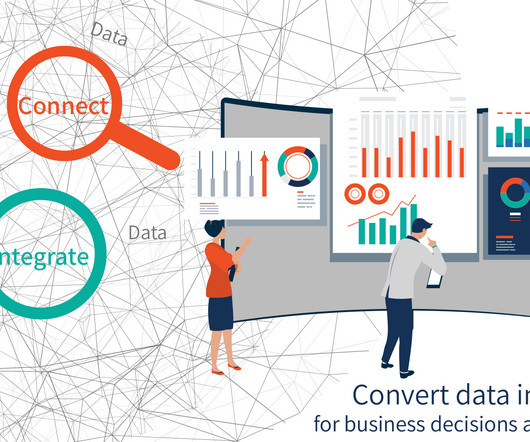The Data Behind Tokyo 2020: The Evolution of the Olympic Games
Sisense
JULY 23, 2021
Not only does it support the successful planning and delivery of each edition of the Games, but it also helps each successive OCOG to develop its own vision, to understand how a host city and its citizens can benefit from the long-lasting impact and legacy of the Games, and to manage the opportunities and risks created.













Let's personalize your content